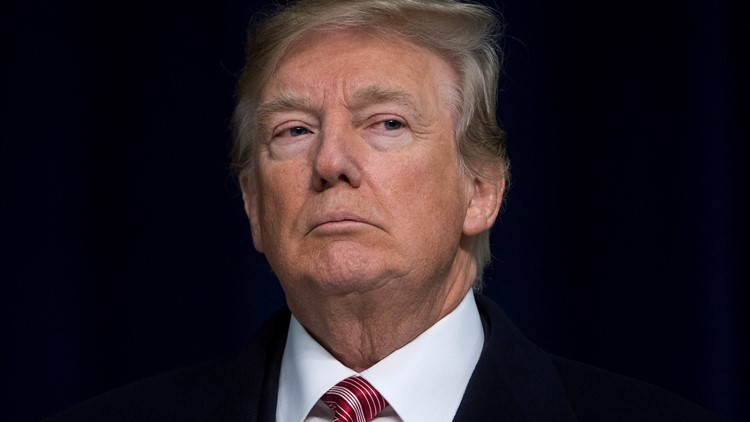The US national debt stood at $21.974 trillion at the end of 2018, more than $2 trillion higher than when President Donald Trump took office, according to numbers released Thursday by the Treasury Department.
The national debt has been rising at an accelerated rate in the aftermath of the 2008 financial crisis, when Congress and the Obama administration approved stimulus funding in order to keep the economy afloat.
The debt began to level off at the beginning of Trump’s term, but bounced up again last year as the tax cuts passed at the end of 2017 took effect and the dramatically lower corporate tax rate lowered Treasury revenues.
As a candidate, Trump promised to “get rid of” the national debt, telling the Washington Post in 2016 that he could make the US debt-free “over a period of eight years.”
According to the Congressional Budget Office, total public debt stood at 78% of America’s gross domestic product in fiscal year 2018, the highest percentage since 1950. The deficit — or the difference between what the government spends and what it takes in over any one year — jumped to 3.8% of GDP in 2018, up from 3.5% in 2017.
That’s particularly unusual in such a strong economy without major new expenditures. If no changes are made, the CBO projects that public debt will rise to 96% of GDP by 2028. A big chunk of that — $1.9 trillion between 2018 and 2028 — will be due to the Tax Cuts and Jobs Act, the CBO reported last April.
Asked about the rising debt on Thursday morning, Council of Economic Advisers chairman Kevin Hassett said Trump is “absolutely” concerned about it, which is why he demanded a 5% budget cut from each Cabinet agency for the coming budget cycle.
“We can disagree about a lot of things but we can agree maybe now is the time to get serious about the deficit,” Hassett said.
A congressionally-imposed cap on national debt kicks back in on March 2. According to an analysis by the Bipartisan Policy Center, the Treasury will be able to finance the government’s operations until at least mid-summer by moving money around from different pots.



